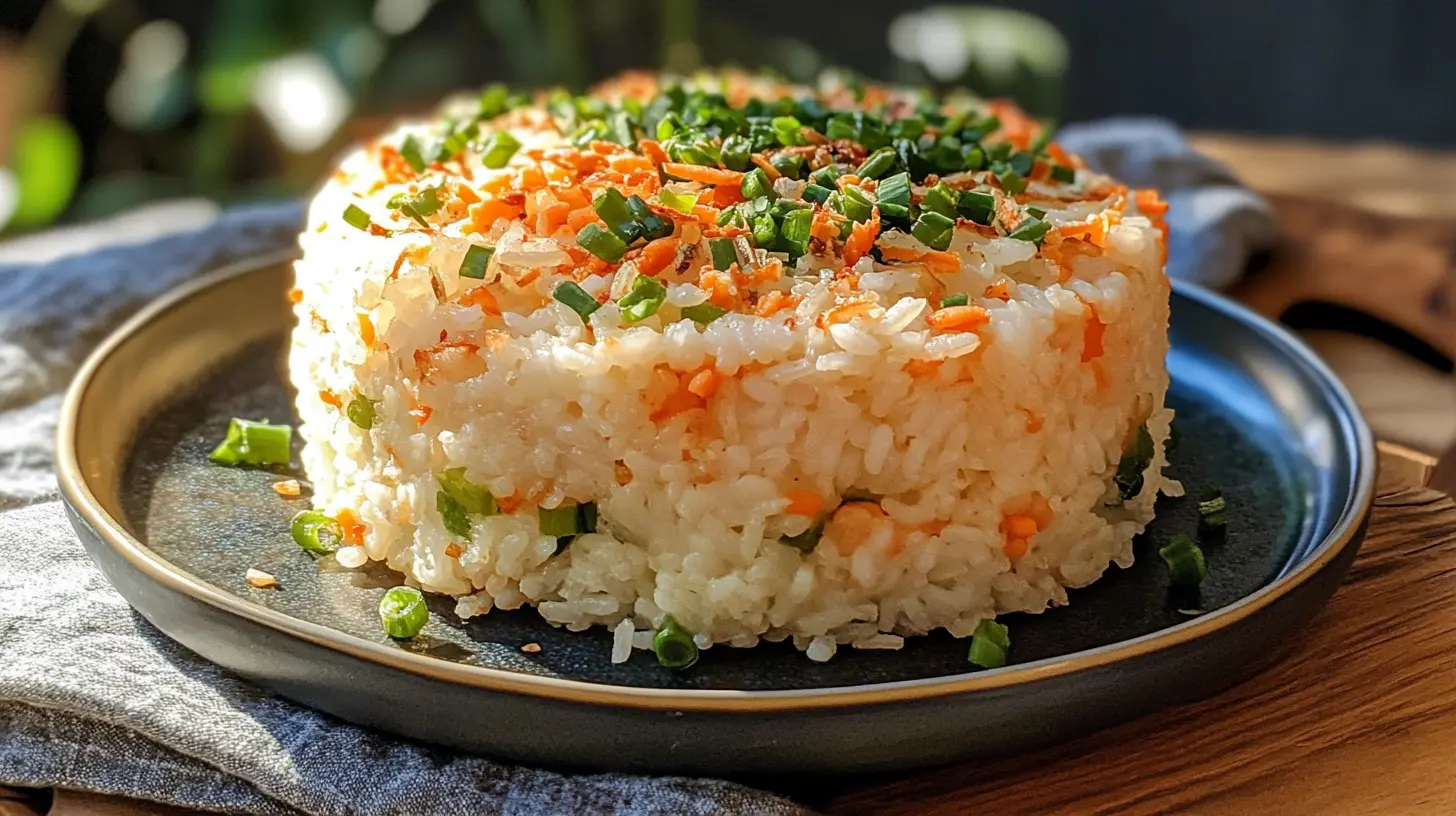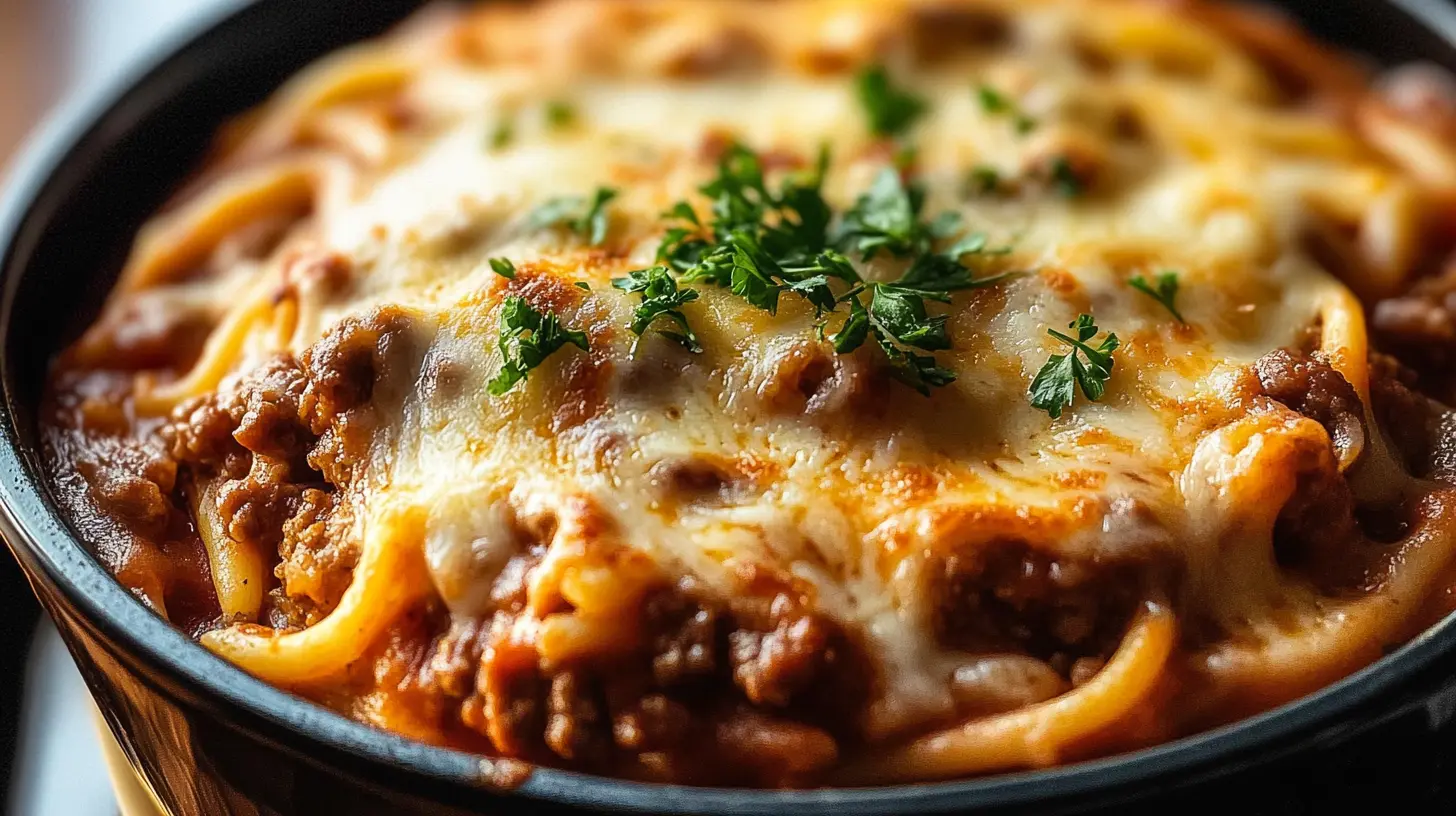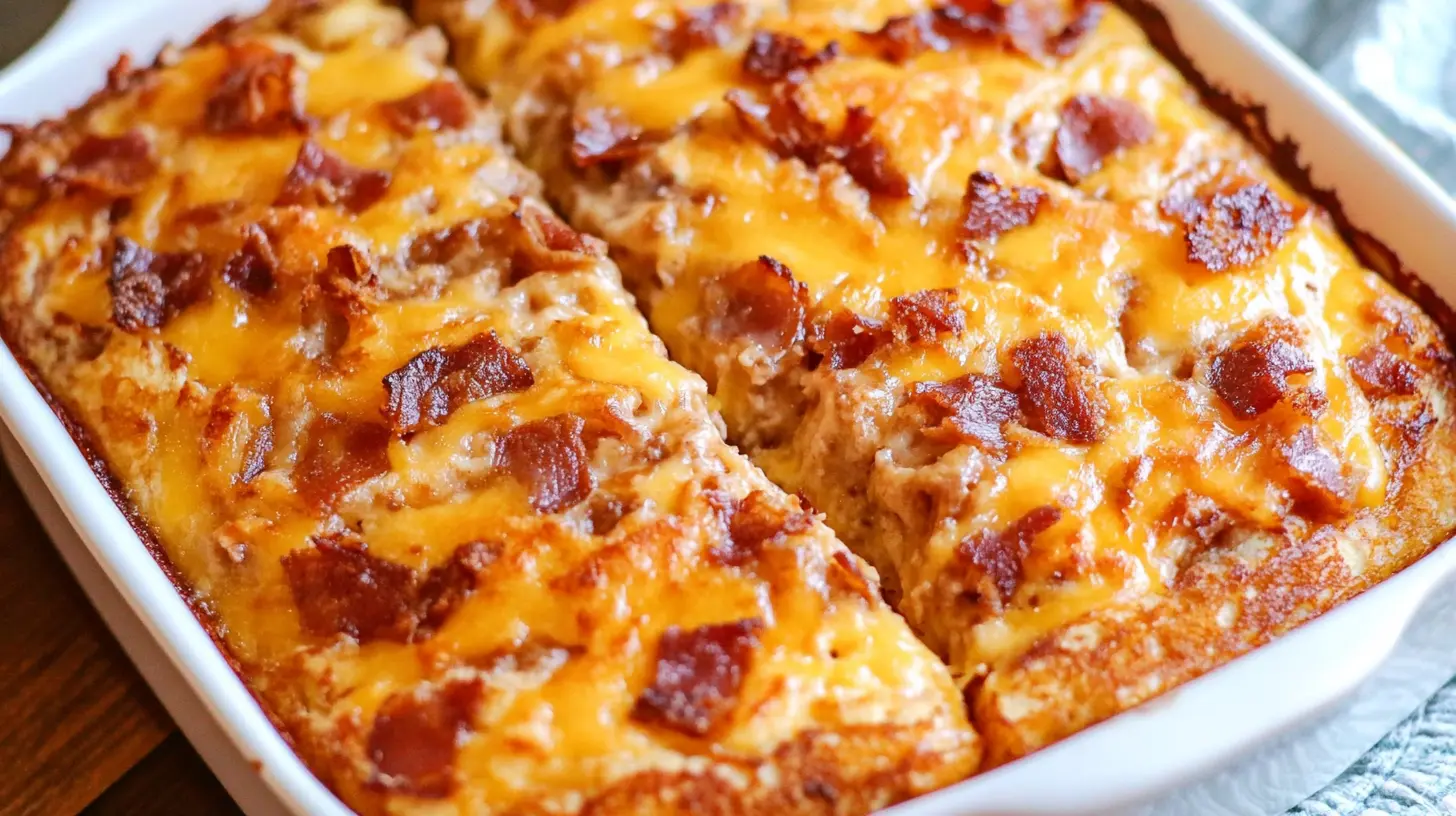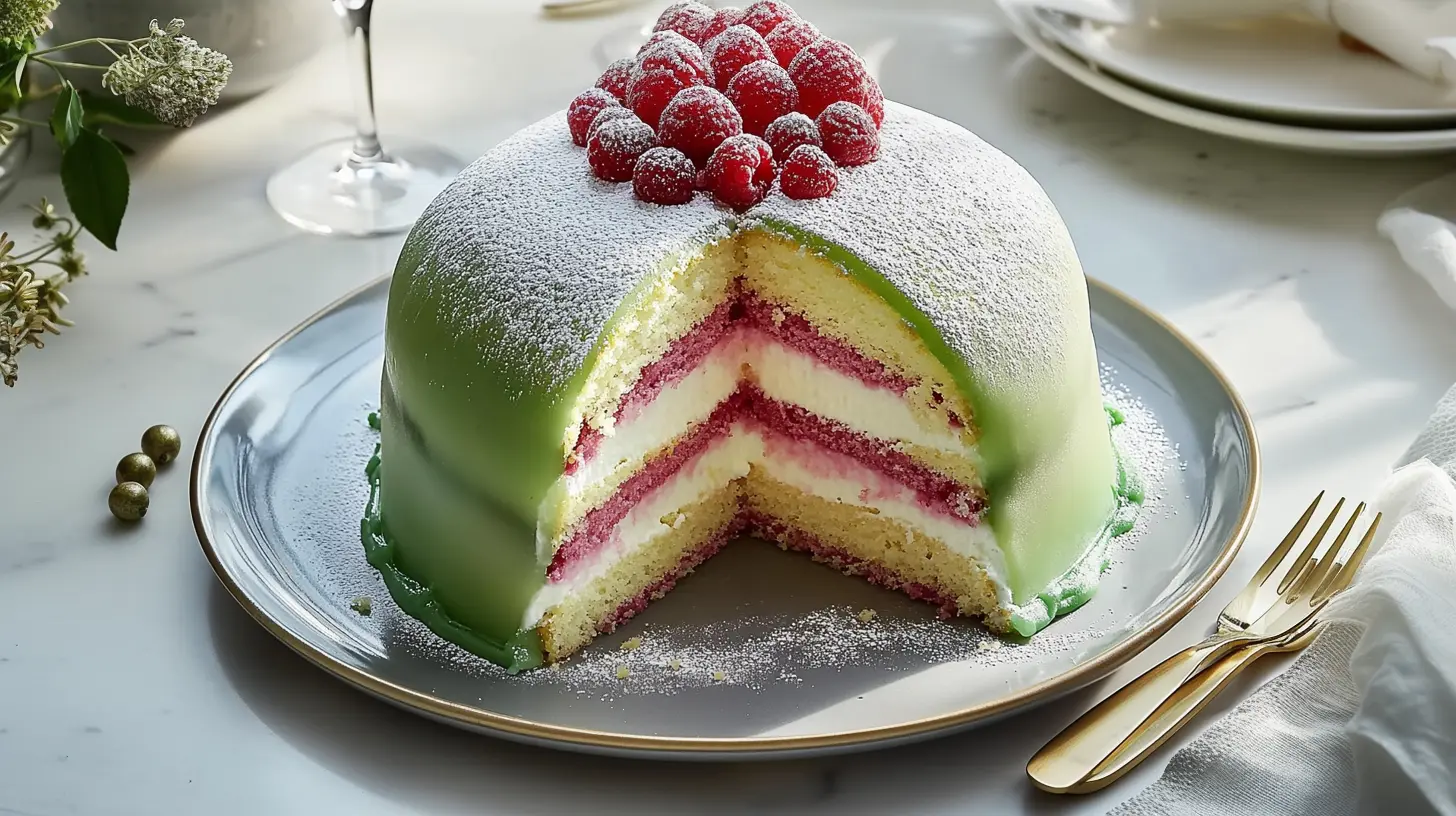Introduction to Rice Cakes
Rice cakes are a delightful and versatile snack enjoyed by many around the world. Whether you’re looking for a light, crunchy snack or a more filling treat, rice cakes can be the perfect option. They are gluten-free, vegan, and can be adapted to suit a variety of dietary needs. In this article, we’ll show you how to make rice cakes from scratch, covering all the details and providing some exciting variations to inspire your cooking.
Rice cakes are a fantastic choice for anyone looking for a simple, healthy snack. They are not only easy to prepare but also offer several health benefits, being low in calories and naturally gluten-free. Plus, they can be customized with different toppings and flavors to suit your taste and dietary preferences. This makes them a hit among home cooks, busy parents, and diet-conscious individuals alike.
For those looking to explore similar recipes, check out our Tteokbokki recipe, another delicious rice-based dish that’s both spicy and satisfying.
Benefits and Advantages of Rice Cakes
Rice cakes have a lot to offer in terms of health benefits and culinary versatility. Here are some key reasons why they are such a great addition to your kitchen:
- Low in Calories: One of the primary reasons people choose rice cakes is their low calorie content. This makes them an excellent choice for those watching their weight or trying to reduce their calorie intake without sacrificing flavor.
- Gluten-Free and Vegan: For individuals with gluten sensitivities or those following a vegan diet, rice cakes are naturally free from gluten and animal products, making them a safe and delicious snack option.
- Quick and Easy to Make: Unlike some snacks that require a lot of time and preparation, rice cakes are incredibly simple to make. You can whip up a batch in no time, making them perfect for busy lifestyles.
- Versatility: Rice cakes can be sweet or savory, depending on how you prepare them. You can add fruits, nuts, or seeds for a healthy breakfast, or use them as a base for savory toppings like avocado and smoked salmon.
- Great for All Ages: From students looking for an energy boost between classes to seniors needing a light snack, rice cakes are suitable for all ages. They’re easy to digest and can be customized with nutrient-rich toppings to suit any nutritional needs.
Ingredients Overview
Essential Ingredients for Rice Cake
To make the perfect rice cake, you’ll need a few simple ingredients that you probably already have in your pantry:
- 2 cups of short-grain rice (preferably glutinous rice for stickiness)
- 4 cups of water
- A pinch of salt
- Optional toppings: Sesame seeds, seaweed flakes, honey, peanut butter, or fresh fruits
Why These Ingredients?
- Short-grain rice is ideal for making rice cake because it becomes sticky when cooked, making it easy to shape into cakes.
- Water is essential for cooking the rice to the right texture.
- Salt adds a touch of flavor to the rice, though it can be omitted for a completely neutral base.
- Toppings allow you to customize your rice cake, whether you prefer something sweet, savory, or a mix of both.
Dietary Substitutions to Customize Your Rice Cake
Rice cakes are highly adaptable to suit various dietary needs. Here are some substitutions and variations:
- Gluten-Free: Since rice is naturally gluten-free, no substitutions are needed for those with celiac disease or gluten sensitivity.
- Vegan: Ensure that any toppings you add, such as nut butters or honey alternatives, are plant-based if you’re following a vegan diet.
- Low-Calorie: You can skip or minimize high-calorie toppings like peanut butter and opt for lighter options like cucumber slices or a sprinkle of sea salt.
- High-Protein: For a protein-packed snack, add toppings like hummus, eggs, or tofu to your rice cakes.
These substitutions make rice cake a flexible snack that can be tailored to anyone’s dietary preferences or restrictions.
How to Prepare the Perfect Rice Cake: Step-by-Step Guide
First Step: Prepare the Rice
Start by rinsing your short-grain rice thoroughly under cold water. This removes excess starch and ensures a better texture for your rice cake. Once the water runs clear, place the rice in a pot with the 4 cups of water and a pinch of salt.
Second Step: Cook the Rice
Bring the water to a boil, then reduce the heat and cover the pot with a lid. Let the rice simmer on low heat for about 15-20 minutes or until all the water is absorbed. Make sure the rice is sticky and fully cooked. Once done, remove it from the heat and let it cool slightly.
Third Step: Shape the Rice Cake
Once the rice has cooled enough to handle, use a small scoop or wet your hands to form the rice into small, round cakes. Press firmly to ensure they hold their shape. If you’re adding toppings like sesame seeds or seaweed, sprinkle them on at this stage.
Fourth Step: Bake or Fry the Rice Cakes
You can either bake the rice cakes for a healthier option or pan-fry them for a crispier texture. To bake, preheat your oven to 350°F (175°C), place the rice cakes on a baking sheet, and bake for 10-15 minutes until they are firm. To fry, heat a small amount of oil in a pan and cook the cakes for 2-3 minutes on each side until golden brown.
Fifth Step: Serve and Enjoy
Once your rice cakes are ready, serve them with your favorite toppings. For a savory snack, try avocado slices or smoked salmon. For a sweet treat, drizzle honey or add fresh berries.
Mastering Rice Cakes: Advanced Tips and Variations
To elevate your rice cakes, consider these advanced tips and variations:
- Spicy Rice Cakes: Add a dash of chili powder or hot sauce to the rice mixture before shaping the cakes.
- Sweet Rice Cakes: Mix in some sugar or honey with the rice and top with fruits like mango or strawberries for a dessert-style rice cake.
- Herb-Infused Rice Cakes: Add finely chopped herbs like cilantro or parsley to the rice before shaping for an extra flavor boost.
- Korean-Inspired Tteokbokki: If you’re feeling adventurous, try your hand at a classic Korean rice cake dish like Tteokbokki for a spicy and savory treat.
How to Store Rice Cake: Best Practices
Rice cake can be stored easily, making them a great snack to have on hand for busy days. Here are some best practices for storing your rice cakes:
- Refrigeration: Store rice cake in an airtight container in the fridge for up to 3-4 days. They may harden slightly, but reheating them will restore their soft texture.
- Freezing: To freeze rice cakes, wrap them individually in plastic wrap and place them in a freezer-safe bag. They can be frozen for up to 3 months.
- Reheating: To reheat, simply microwave the rice cake for 30-60 seconds, or lightly pan-fry them to restore their crispiness.
Nutritional Value of Rice Cake
Rice cake are low in calories and can be a nutritious addition to any diet. Here’s a breakdown of the basic nutritional content for a plain rice cake:
- Calories: 35-50 per cake (depending on size)
- Carbohydrates: 8-10g
- Protein: 1-2g
- Fat: 0g
- Fiber: 0.5-1g
Toppings will change the nutritional profile, so be mindful if you’re adding high-calorie or high-fat ingredients.
FAQs: Frequently Asked Questions About Rice Cakes
Are Rice Cake Healthy?
Yes, rice cake are healthy, but their health benefits depend on how you eat them and what you pair them with. They are low in calories, gluten-free, and contain no fat or cholesterol, which makes them a good option for weight management and specific dietary needs. However, plain rice cake are low in fiber, protein, and healthy fats. You can enhance their nutritional value by adding nutrient-rich toppings like avocado, nut butter, or hummus.
Rice cake are also popular with those following gluten-free or vegan diets. Made with simple ingredients like rice and air, they are safe for people with food sensitivities. However, some pre-packaged flavored rice cake may contain added sugars, sodium, or preservatives, so always check the label when buying.
What Is Rice Cake Made Of?
Rice cake are typically made from puffed rice. This process involves heating rice under high pressure until it expands into a light, airy texture. Most rice cake are made with short-grain or glutinous rice, which helps them stick together. Some recipes may include salt for flavor, while flavored varieties might contain ingredients like soy sauce, sesame seeds, or sugar.
In different cultures, rice cake vary. For instance, Korean Tteok is made from steamed rice flour, and Japanese Senbei uses glutinous rice, often flavored with soy sauce.
What Are the Pros and Cons of Rice Cakes?
Pros:
- Low Calorie: A typical rice cake has about 35-50 calories, making it suitable for low-calorie diets.
- Gluten-Free: Naturally gluten-free, they are a safe option for those with gluten sensitivity.
- Vegan-Friendly: They contain no animal products, perfect for vegans.
- Customizable: Rice cakes can be topped with both sweet and savory items for added variety.
- Long Shelf Life: They last a long time in your pantry, making them a convenient snack.
Cons:
- Low in Nutrients: On their own, they lack fiber, protein, and essential vitamins.
- High Glycemic Index: They digest quickly and may spike blood sugar, which is not ideal for people with diabetes.
- Lack of Satiety: Low in fat and protein, they may not keep you full for long.
- Processed: Some varieties contain additives like sugar and salt, making them less healthy.
Are Rice Cake Full of Sugar?
No, plain rice cakes typically contain little to no sugar. They are made primarily of rice and may contain a small amount of salt. However, flavored varieties can have added sugars, such as caramel or chocolate-flavored rice cakes. Always check the nutrition label to monitor sugar content if that’s a concern.
Why Do Bodybuilders Eat Rice Cake?
Bodybuilders eat rice cakes because they are a fast-digesting source of carbohydrates, which help replenish glycogen stores after a workout. Their quick digestion makes them ideal for providing an immediate energy boost. Additionally, rice cakes are low in fat and protein, allowing bodybuilders to control their macronutrient intake by adding protein-rich foods like chicken or peanut butter.
Are Rice Cake Junk?
Plain rice cake are not considered junk food, though they are not highly nutritious on their own. They can be part of a balanced diet if consumed with healthy toppings like vegetables, lean proteins, or healthy fats. Some flavored varieties, which contain artificial ingredients or high amounts of sugar and sodium, might be considered less healthy or closer to junk food.
Why Do Chinese Eat Rice Cakes?
In Chinese culture, rice cakes, or Nian Gao, are traditionally eaten during Lunar New Year as they symbolize prosperity and success. The word “Nian” means “year,” and “Gao” means “tall” or “high,” so eating rice cakes during this time is believed to bring good fortune. Nian Gao, made from glutinous rice flour, can be either sweet or savory and is a common food in many Chinese households.
Are Rice Cakes Healthier Than Bread?
Whether rice cakes are healthier than bread depends on the type of bread and how both are consumed. Plain rice cakes are lower in calories and gluten-free, making them suitable for people aiming to reduce their calorie intake or avoid gluten. However, whole-grain bread offers more fiber, protein, and vitamins, making it more filling and nutritious. For weight management, rice cakes are a good option, but for overall nutrition, whole-grain bread might be the better choice.
What Is the Best Way to Eat Rice Cakes?
The best way to enjoy rice cakes is by adding nutrient-dense toppings to enhance their nutritional value. Here are a few options:
- Savory Toppings: Try avocado, hummus, smoked salmon, or sliced turkey with vegetables.
- Sweet Toppings: Add peanut butter with banana slices, almond butter with strawberries, or Greek yogurt with honey and berries.
- Protein Boost: Top with hard-boiled eggs, cottage cheese, or tofu for more protein.
- Herbs and Spices: Add chili flakes, garlic powder, or herbs for a flavor boost without extra calories.
Rice cakes are versatile, making them a perfect base for both light snacks and more filling meals.
Conclusion
Rice cakes offer a healthy, versatile snack, particularly for those seeking to reduce calories, avoid gluten, or incorporate plant-based options into their diet. While they are low in nutrients on their own, pairing rice cakes with toppings like vegetables, lean proteins, or healthy fats can transform them into a balanced meal. Whether you’re a student, busy professional, or fitness enthusiast, rice cakes can easily fit into your dietary routine with endless flavor possibilities.
For more great ideas on how to enjoy rice-based snacks, check out our article on Healthy Lamb Chop Recipes for another nutrient-packed meal option.
For more dessert ideas, check out this Hawaiian Pineapple Cake.
Learn more about the history of Swedish desserts on Wikipedia.

Posted by: Hailee | October 10, 2024
I’m passionate about sharing sweet and savory recipes that I’ve meticulously tested and perfected in my own kitchen. Join me on this delicious journey to experience the best of culinary creativity.




